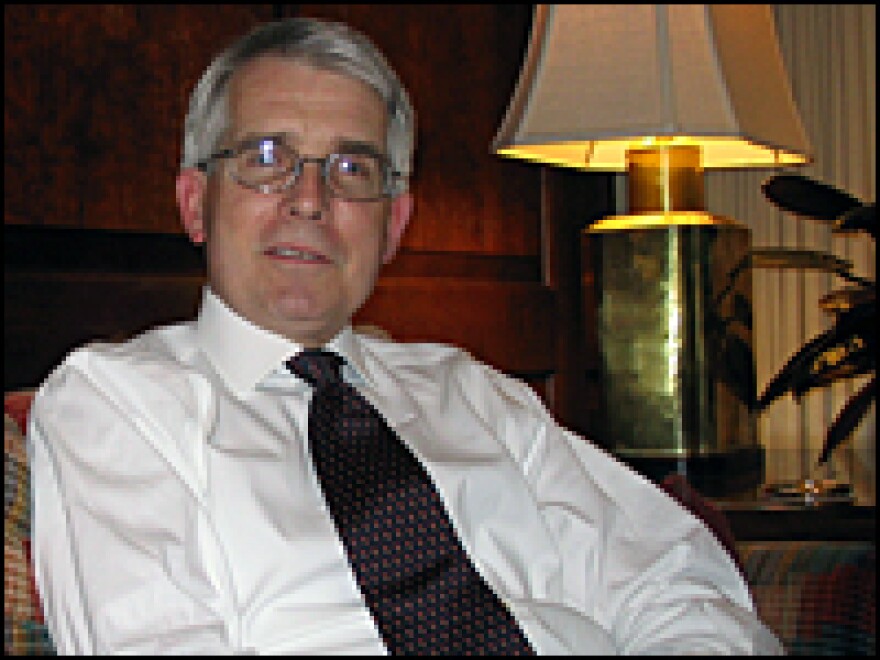


When you watch a freight train roll by, you might think you're watching something that technology hasn't really touched. After all, the essentials -- steel wheels on steel rails -- are pretty much the same as they were 200 years ago.
But high-tech tools are reshaping the railroad industry, and they're playing a big role in creating one of the most profitable periods the industry has enjoyed in decades.
Inside Norfolk Southern's green-glass headquarters building in Norfolk, Va., there are models of trains, pictures of trains, and train memorabilia dating back a century or more to what many still think of as the golden era of railroading.
CEO Wick Moorman says that visitors expecting to find a low-tech business are often surprised.
"Railroads are inherently interesting because they are so complex," he says.
Norfolk Southern has more than 21,000 miles of track, so making sure the trains run on time requires a lot of advanced technology.
Vice President Deborah Butler says that Norfolk Southern uses four large mainframe computers and more than 1,000 servers to manage the company's far-flung operations.
Combined with global-positioning satellites and scanners, the complex system keeps track of the railroad's 195,000 locomotives and train cars.
"There are a lot of things you can do with GPS and communication modules on the locomotives," Butler says. "Because you can not only see where the locomotive is, you can read the fuel level. So you can use that to make better decisions about where and when to fuel your trains."
And that's significant for a company like Norfolk Southern, which burns 40 million gallons of fuel each month.
In the old days, railroad workers used pencil and paper to schedule the arrival and departure of trains. These days, workers use logistics software to identify the best routes, determine where the trains are going, identify which cars are running late or have missed a connection, and what operators need to do to fix the problem.
Technology has allowed the railroad to root out inefficiencies in its system. For instance, Norfolk Southern cut the time it takes to move a train from Birmingham, Ala., to Allentown, Pa., by two and a half days.
John Hall has been driving trains for 40 years. The engineer commands a 4,000 horsepower locomotive that costs more than $1.5 million. To him, the technology has been something of a mixed blessing.
"There are so many jobs disappearing, I think maybe it's bad," Hall says. "Maybe it's good in the way they know where everybody's at."
Fifty years ago, about 1 million people worked for U.S. railroads. Today the number is around 160,000. Despite that decline, railroad workers today move far more freight -- and do it more efficiently -- than their predecessors.
The freight railroads are experimenting with even more sophisticated technologies, including a system that will let them remotely control the speed of a locomotive. One day soon, the trains might just drive themselves.
Moorman says that before the deregulation of the industry in 1980, many freight railroads weren't investing at anywhere near the levels needed. He says that with business now booming, that has all changed.
"We now manage the railroad in a different way than we used to, because some of the things we always knew were important but we could not quantify, we can now quantify," Moorman says.
That investment is likely to continue. As West Coast ports become increasingly clogged, more goods are being brought to East Coast ports from Asia. That means more business for Norfolk Southern. The rail line plans to spend nearly $100 million to upgrade its line between Norfolk, Va., and Columbus, Ohio, a major Midwest distribution point.
Investors are also reaping the rewards of the increased use of technology. Norfolk Southern's first-quarter earnings were up sharply. The railroad's stock has risen 85 percent in the past two years.
Copyright 2022 NPR. To see more, visit https://www.npr.org.



